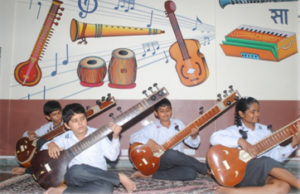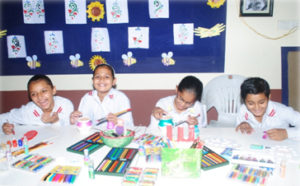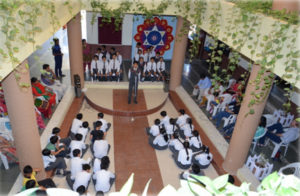Some Facts About Children and Learning
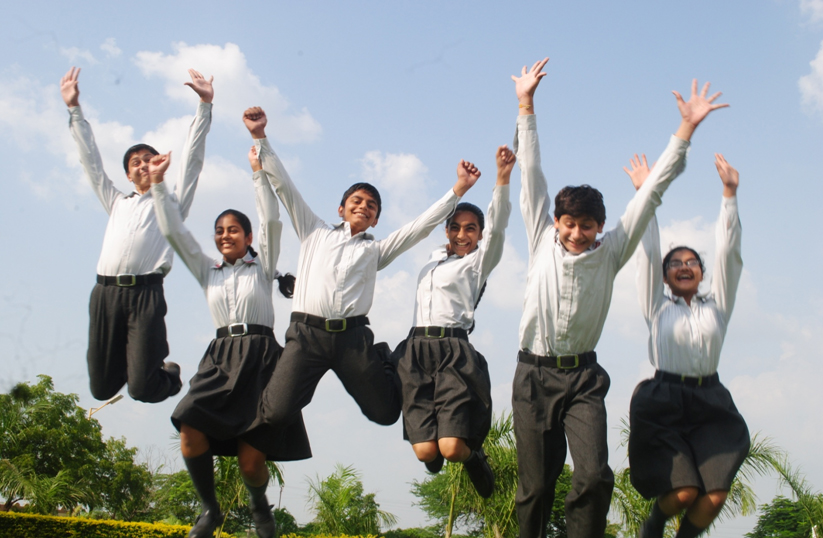
- All children have an eagerness to learn
- Each child brings a different set of abilities, expectations, experiences and attitudes to school
- Children use their existing experiences and knowledge to construct new understanding and skills. What they are able to learn will depend to some extent on what they already know
- ‘How’ and ‘what’ children are encouraged to learn are inseparable as the learning opportunities, activities and support affects their responses, experiences and attitudes to learning and what they gain from the learning process
- Harnessing children’s curiosity and eagerness to learn is critical. Children learn best when they can be active and when they understand what they are learning
- Young children’s knowledge and interests are stimulated through the chance to engage practically with the activity provided
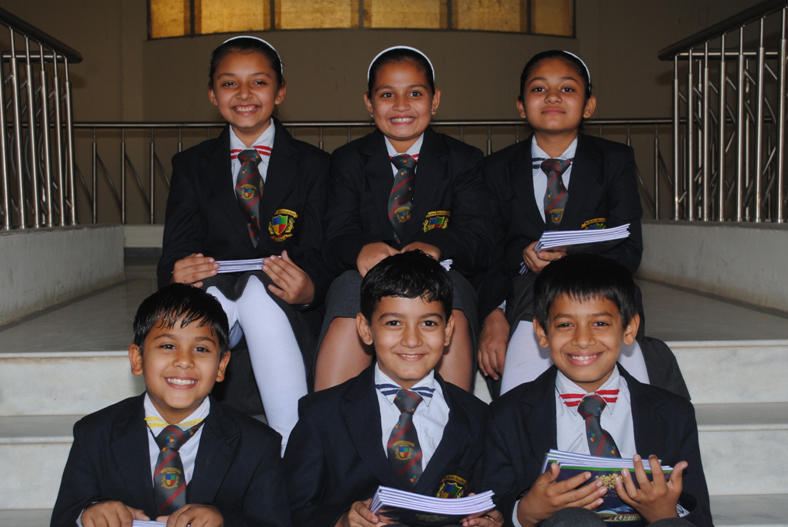
- The most valuable methods for student learning are those that correspond to their individual developmental stages and needs. These methods cannot be uniform across students
- Learning is a social process and planning must take into consideration the social context in which learning takes place
- As children will not realise their intellectual potential in a vacuum, they should be encouraged to learn through collaborative groups with peer interaction in settings as natural as possible
- Learning should give emphasis on the application of learning rather than covering syllabus and repeating back what the teacher has said
- Adults play a crucial role in the learning process of children. Teacher as facilitator, planner, instructor, mediator and explainer provides a non-threatening context for learning to take place
- Happy Children are the best learners. Let us keep them HAPPY
It must be remembered that the purpose of education is not to fill minds of students with facts, it is to teach them to think !
